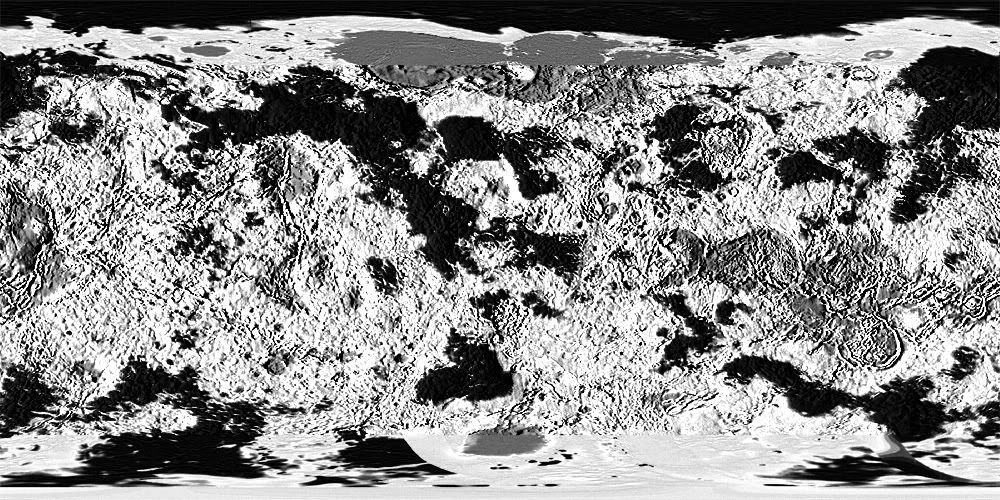Transforming a topological map into a traditional one?
How would you, for instance, transform this topological map of Venus into one with normal sea/land borders?
Venus doesn't have an ocean of course, so the answer to my question might be quite complex. How would you do it assuming different sea levels? Is that possible?
Venus doesn't have an ocean of course, so the answer to my question might be quite complex. How would you do it assuming different sea levels? Is that possible?





